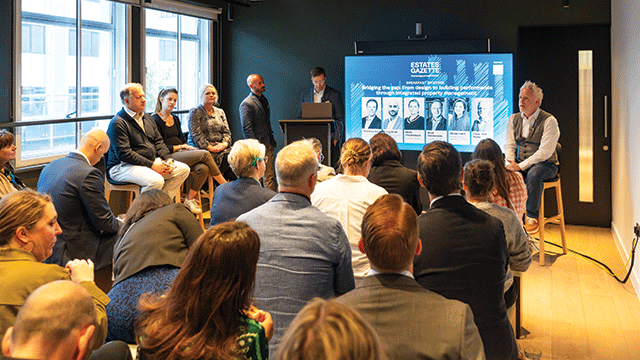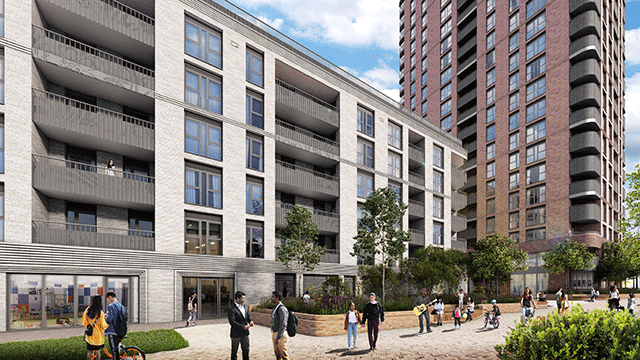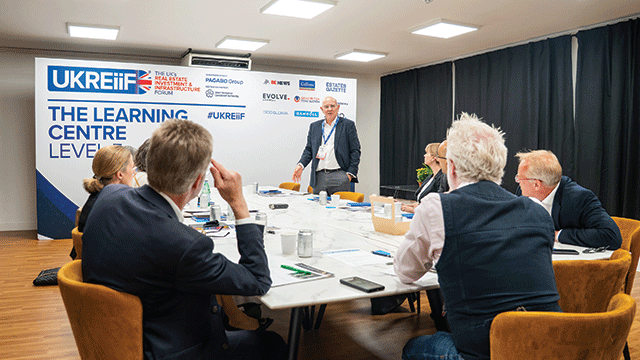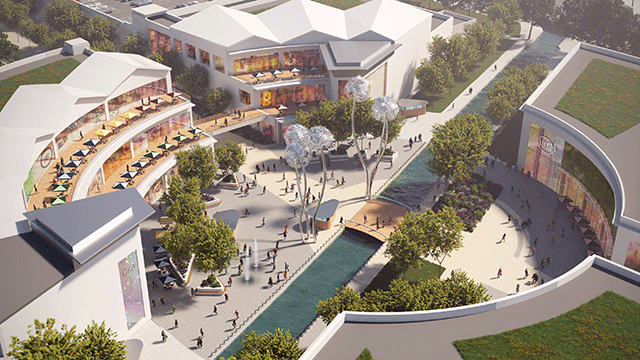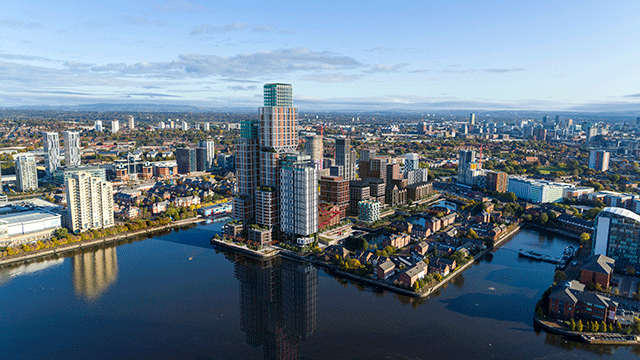COMMENT: David Solomon, the chief executive of Goldman Sachs, ruffled a few feathers last month when he told journalists he wanted his staff to get back to the office as soon as possible.
The bank employs nearly 40,000 people worldwide, but Solomon said only 10% of that number had worked from a Goldman Sachs office during 2020.
His comments, which included labelling working from home “an aberration”, prompted understandable concern from those who still wished to work from home in what remain pandemic conditions.
Solomon failed to read the room, but I still firmly believe that many people want to get back into an office environment as soon as it is safe to do so.
Up our game
Covid or not, the safety and wellbeing of employees has to be the top priority for any company. With that in mind, the office environment and the building it occupies have to evolve, adapt and take on the mantle for pushing ahead with new technology.
The construction industry is still far too slow when it comes to embracing new methods, whether that is how we build from the outset or how the building operates when it is completed. We need to up our game, frankly.
And part of this is to deliver buildings that are adaptable, using technology. It makes sense to have buildings that, by virtue of their flexibility, are able to connect and communicate with the people who use them. Smart buildings that respond to occupiers, react and maintain their wellbeing, are the way forward.
Our very first scheme in London, Southworks, was specifically designed with technology at its heart to maintain its occupants’ welfare. Its digital backbone means it will not only suit occupiers, but it will be attractive to owners, who will gain confidence from knowing they have a building that will stay fit for purpose.
Southworks was recently awarded the first platinum Smart Buildings certificate in the UK. The only other building with the same status is Edge Olympic Amsterdam. While we are incredibly proud of the building, we want to see others delivering similar projects. Many more are required in the UK and across Europe if we want to secure the long-term role of the office.
Smart buildings are not a luxury item. People have a right to work in buildings that look after them, and at the same time have a minimal impact on the environment.
It is vital that we recognise the value of this. Going forward we will see them as the norm, not the exception. Prospective tenants will not want to occupy substandard buildings. Soon, everyone will expect technologies we are beginning to see emerge now.
Moreover, smarter buildings are also more sustainable. By creating more responsive and demand-driven spaces, we can reduce energy use and waste while enhancing environmental conditions that support occupiers. This can be as simple as introducing lighting that detects movement, to installing more complex systems that improve air quality.
No time like now
Much of the push for smarter buildings is going to come from institutional investors. The investment community has set out its vision for a greener built environment, and has very clear internal guidelines around the need for sustainability and occupant wellbeing if they are going to put cash into it.
There is no doubt that the investment market will get what it wants. The construction industry will inevitably listen to the money men and women.
As the UK prepares to host the COP26 conference later this year, and as concerns around climate change increase with every weather-related disaster, there has never been a better time to press home the argument for sustainability, and for the delivery of smart buildings that can play their part in helping to protect the world we live and work in.
Tomáš Jurdák is partner and head of real estate at MiddleCap




